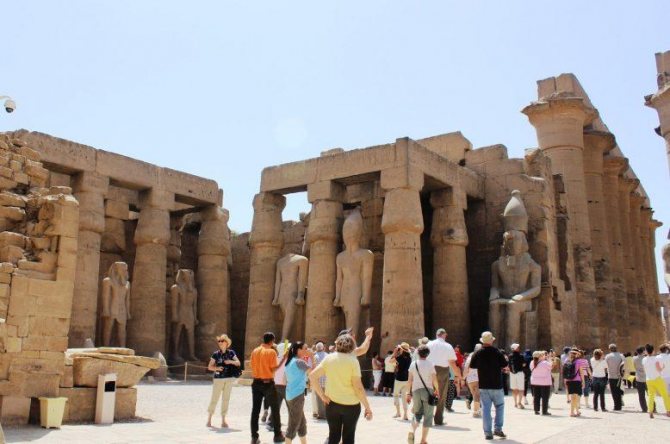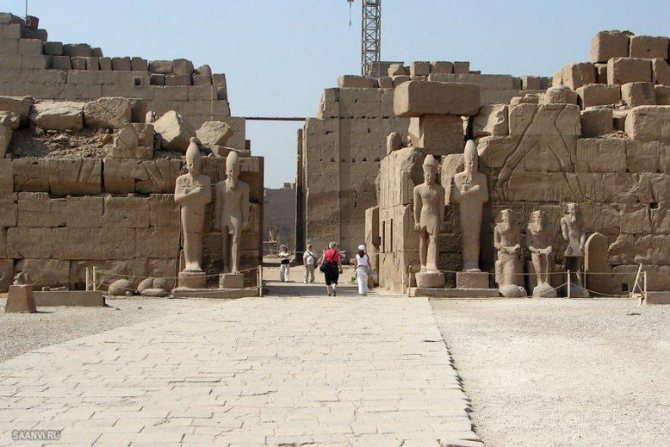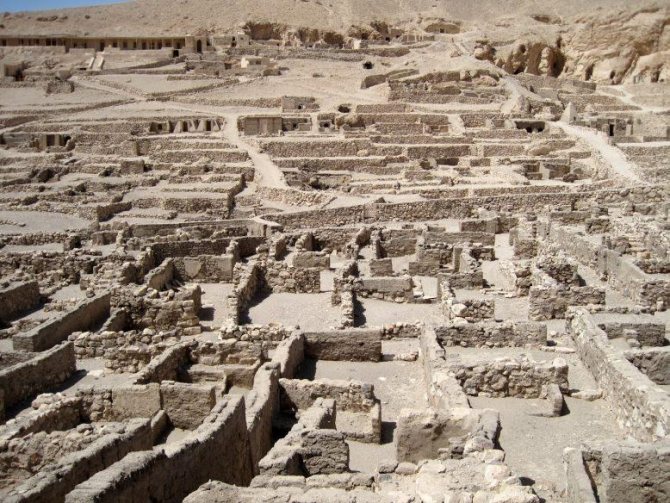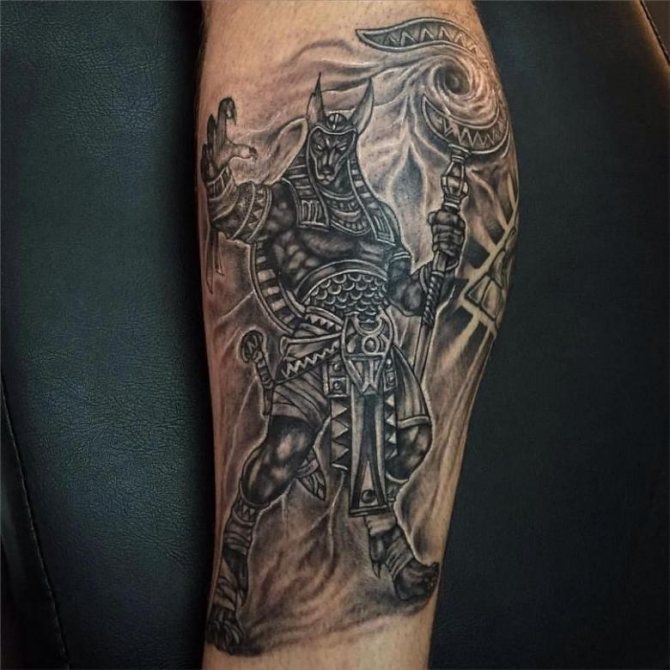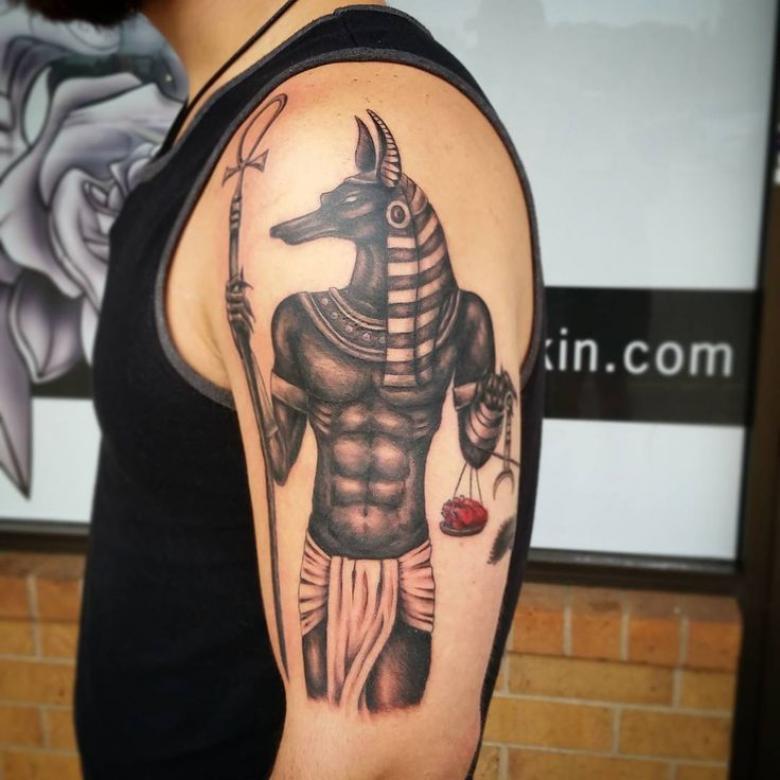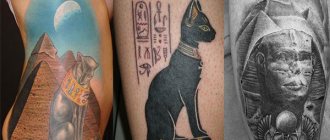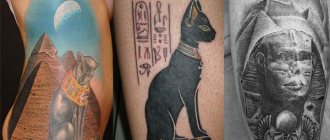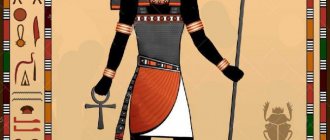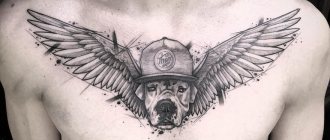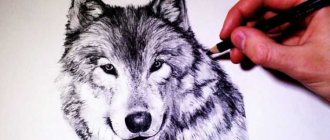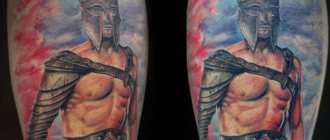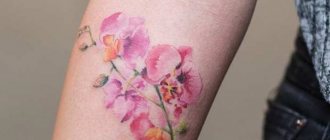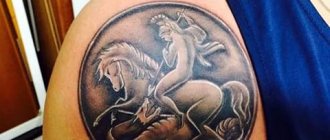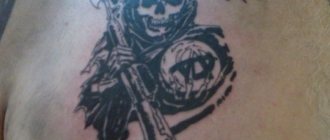How to draw Ra, the Egyptian Sun God
Step 1. We'll start in the drawing guide by blocking in the head shapes . Draw an inverted almond shaped face and then outline the headdress around that.
Step 2. We will draw on the chest as a kind of testicle shape. The abdomen and pelvis a slight twist occurs, so draw the ovals on the center line. Notice the different curves on the sides of the body.
Step 3. Draw a ball for each shoulder. Then add a top handle shape, thick at the top, with narrow curves uniting at the elbow. Draw a diamond for each kneecap. Then draw a large rectangular shape for each hip. One hip goes into a deep corner. Most of the weight of the body will rest on this leg.
Step 4. Next draw an elongated diamond shape on each forearm, with a hypertrophied curved shape. Add a block for each side of the shape. Lower curve of the legs below the knee, and then a sharp inward turn as they become very tapered toward the ankle. Draw a ball for each ankle and then add a simple leg shape. Extended foot when viewed from the side, so that we can see the arch of the foot.
Step 5. Lighten your Guides, and we begin the final art line. You may need to zoom in to see the details as we begin to work on the face. The first shapes to be extracted from the beak. We are looking through need to say straight up, so the shape needs to be symmetrical. The beak curves down from the top behind the eye sockets, and back up to the cheekbones.
Step 6. We're going to draw some venom-like eye shapes growing out of the beak. Below, we're going to draw the outline of the whole lower jaw section. His mouth will be open, so this shape, and in height from top to bottom.
Step 7. Use very thin lines to add detail to the eye areas. With each Curve, we segment the shape of the eye and create more detail. The first up curve creates the eyebrows. Then we add the eyelids, and finally the outline of the eye. On top, we bring the forehead to the peak.
Step 8. Draw the curves inward to create the inner edge of the lower beak. On the top of the beak, we'll add nostrils and some decorative detail on the cheekbones.
Step 9. On the forehead, the crown should have a thin gold rim. Within this shape, we want to draw a simple diagram for the snake body. Inside the mouth, we'll draw a row of sharp teeth on both the top and bottom. This is where the design gets a little crazy.
Step 10. Add the tongue as a large, lumpy mass inside the mouth. Then add the back teeth to go straight back into the mouth. Draw some thin curves for the eyelids just around the eyeballs. Then add a striped cobra pattern on the forehead.
Step 11. Now we can use bolder lines, giving the head of the dress a more controlled outline. Fabric just above the brow curves of the figure, creating a small crease on each side.
Step 12. Repeat the outline inward, with thinner lines. Then use curves to create a striped running pattern down each side of the headpiece.
Step 13. Here we've briefly outlined the basic shape of the pecs/chest muscles, leaving some space between them in the bosom of the chest. Add a curve for each side of the rib cage. We can also add some curves for the neck muscles.
Step 14. Use the sharp points of each pectoral muscle as a starting point for the biceps Curve. The armpit curve disappears behind the pectoral muscle.
Step 15. Next, we focus on simple armor pieces. There are diamond plates on the lower part of the abdomen. Each side of the plate has a similar shape, but cut in half, and we consider them from the sides. Use long curves to outline the draped fabric. End each outside line with a block or triangle shape to create where the fabric curves. The inside of the fabric curves in the opposite direction, creating depth.
Step 16. The fabric on the ras of the hip wrinkles perfectly in a down and out pattern. Let's add some detail to the armbands and hip armor.
Lesser Known Gods of Egypt
How the gods of ancient Egypt who were among the major ones looked like has been considered. Now let's focus on the lesser known ones.
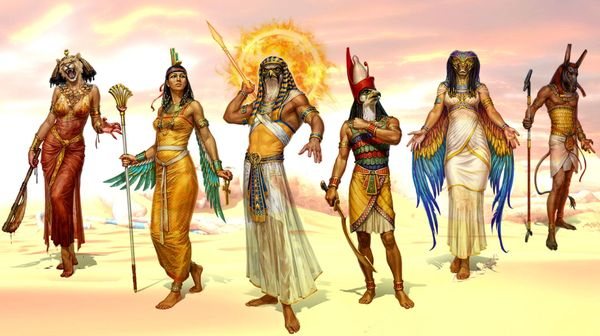
They include:
- Imp - guardian of the family hearth, protector of children and mothers;
- Neith - goddess of hunting and war;
- Khepri - deity of the sun;
- Renenutet - the cobra goddess in charge of crops and fertility;
- Apis - the sacred black-and-white bull, considered the earthly vessel of the god of fertility;
- Aton - a god in the form of the sun in the sky;
- Atum - the demiurge god;
- Ba - in ancient Egypt she was considered a human energy;
- Ka - the god who conveys the visible image of men;
- Min - the god of fertility;
- Nehbet - the goddess of the most ancient capital in Upper Egypt;
- Taurt - patroness of families, goddess of fertility;
- Tefnut - ruler of moisture and heat;
- Ouajit - worshipped by the most ancient cult in Lower Egypt;
- Hapi - representing the overflow of the Nile;
- Hathor - represented sensual love, dancing, music and intoxication;
- Khnum - the god who molded people at birth on a potter's loom;
- Khonsu - considered a healer god;
- Yah - the bol of the crescent moon and the moon.
How to Draw Anubis
In this drawing lesson, I will detail how to draw Anubis, the Egyptian God of Death, step by step. Anubis is the patron saint of all the dead and has a human body with the head of a jackal. The character is quite interesting, which is why I undertook to draw him. Well, let's try to figure out how to draw this mysterious Anubis.
As I said, Anubis has a jackal head, which is where we'll start. Let's start drawing Anubis' head - to do this, we need to draw an elongated snout and long ears, like this.


But the head alone is not enough. That's why we have to draw the skeleton that Anubis' whole body will be based on. To draw it is not difficult, just put the points, like in the picture below, and connect them with lines. See, you can already see the future shoulders, arms, torso and legs.
Now that the base for the body of Anubis is ready, let's start drawing, but first we need to finish with the head. Doris its back, mouth and eye, as well as these two things on the sides of its neck, which resemble a collar.
Great, now you can start drawing the body. Focusing on the lines, draw Anubis' torso and his arms. The lines don't have to be perfect - it's unlikely that the Egyptians themselves were experts at drawing.
Draw Anubis' loincloth and the stick in his hand.
All that's left is to draw Anubis' legs.
№2. His most important role was in "weighing the heart."
Anubis played several roles in ancient Egyptian mythology. He was the protector of graves and cemeteries. Because the dead were usually buried on the west bank of the Nile, Anubis was called hent-imentu, meaning "the foremost of the western inhabitants." Anubis was associated with mummification, because of which he was called jmy-wt, meaning "he who is in the place of embalming." Anubis was most prominently associated with the afterlife. It is here that much of the most common mythology associated with the role of Anubis is touched upon. Anubis guided people from the world of the living to the afterlife. His most famous role, however, was that of the Weighing of the Heart. The ancient Egyptians believed that your journey through the underworld would take you to the "Hall of Maath," where your heart would be measured on a scale opposite to Maath's "pen of truth." Anubis will weigh the heart of a dead person. If the heart is weighed lightly, the soul will be carried into life after death; however, if it is heavier, the Egyptian demoness Ammut will swallow it, and this will be the end of the person's afterlife.
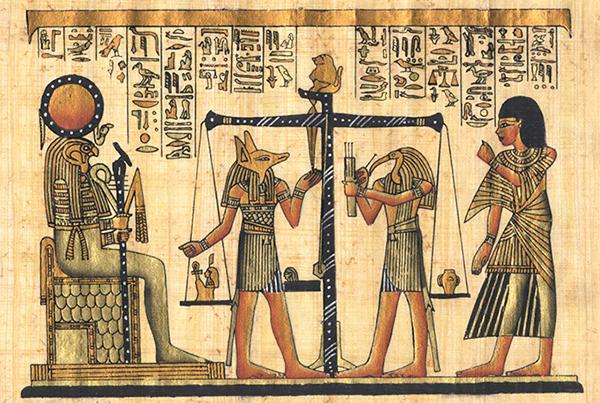

Anubis on the "Weighing of the Heart" procedure
The meaning of the tattoo for men and women
In any case, the spectacular image of Anubis will look on the body of its bearer, regardless of the gender of the latter. And the explanation of the symbol depicted on the body of a man or a woman does not differ too significantly.
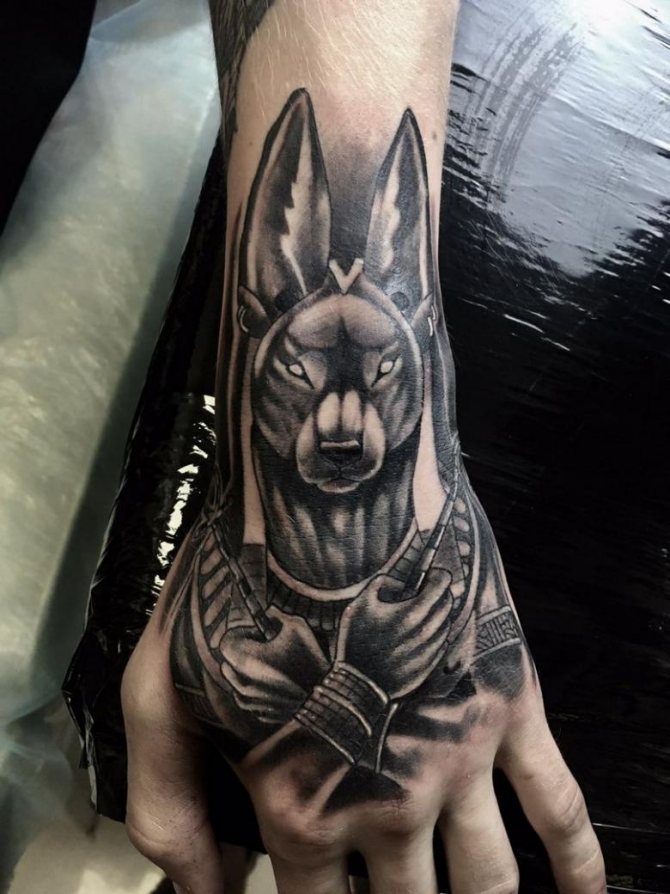

For the representative of the stronger sex tattoo Anubis means, above all, determination, willingness to sacrifice his own life, the search for his own key role in life, the strongest protection against the troubles of life and just addiction to the ancient culture.
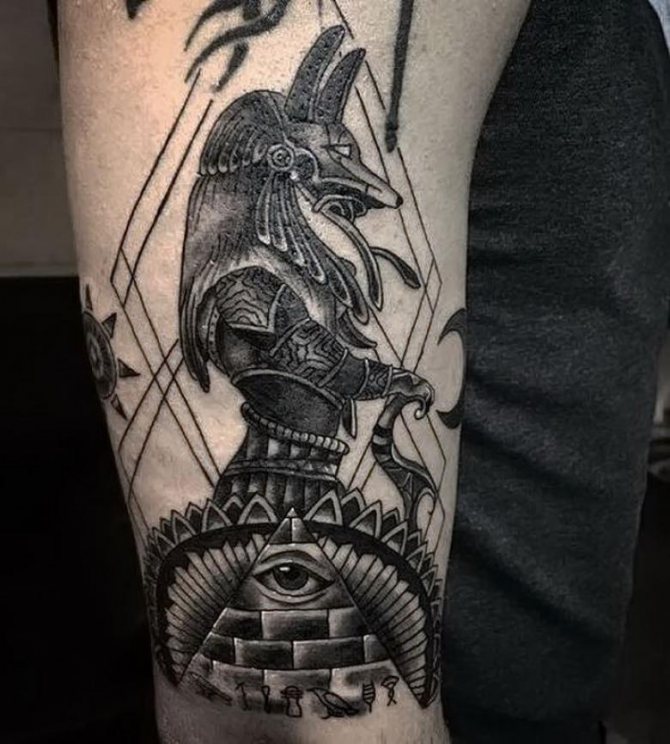

Wearing the silhouette of Anubis on a woman's body indicates her willingness to resist vice and a tendency to a certain fatalism. The bearer of such a tattoo in life is a rather desperate person, inclined to apply, if necessary, extreme measures to resolve the situation in his favor.
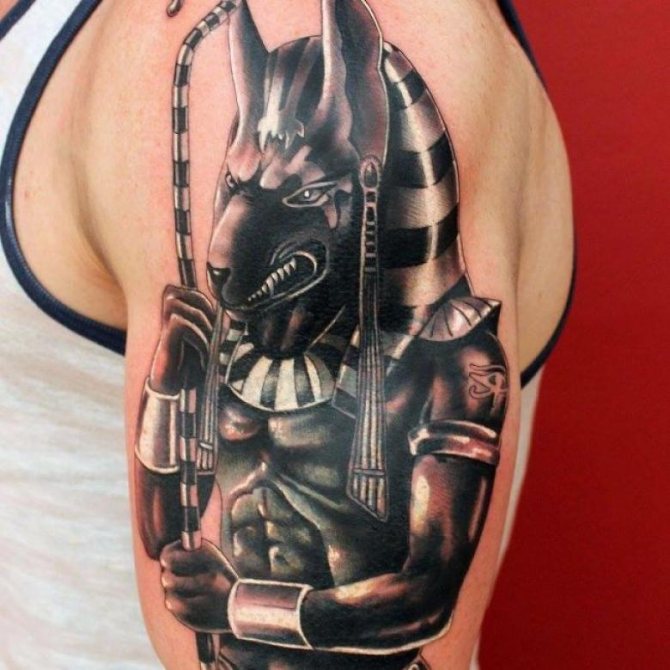

One way or another, experts advise to apply a similar tattoo to people who have not yet been able to define their lives, found themselves in a hopeless situation, and he needs help from the forces that he does not dare to ask for help.
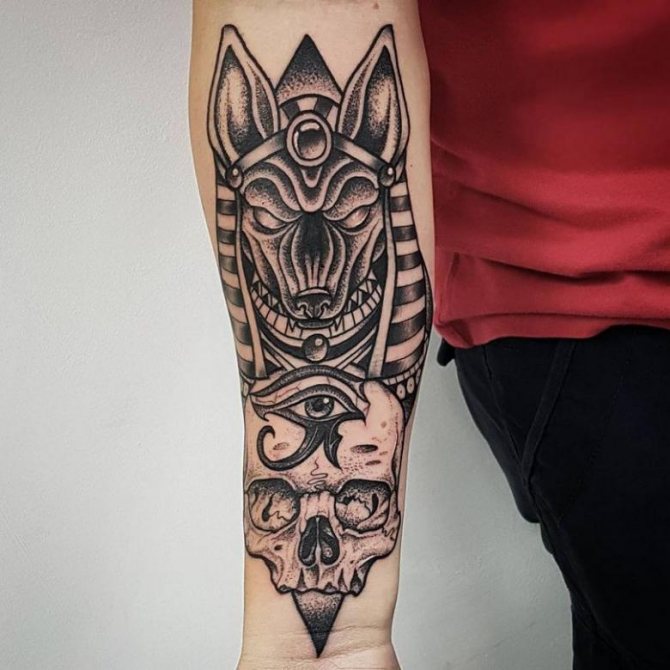

The Appearance and Images of Ra
The god Ra was represented in various forms. A common depiction of him was of a man with a falcon's head and a solar disk wrapped around it. On other occasions Ra was depicted as a man with the head of a beetle (Khepri), or a man with the head of a ram. Ra also had the appearance of a fat ram, beetle, Phoenix bird, heron, snake, bull, cat, and lion.
He was believed to take the form of a ram in the Underworld. In this form Ra was called the "ram of the west."
In some works of Egyptian literature, Ra is described as an elderly king with golden flesh, silver bones and hair of lapis lazuli.
Sekhmet
Goddess of war and the sizzling sun. Daughter of the god Ra. Performed the function of Ra's formidable eye on earth. She could both inflict diseases and heal any of them. As a healer, she patronized doctors. She had a very severe and hot-tempered character. She protected pharaohs. She was depicted with a lion's head.
Ancient EgyptGods of Ancient EgyptPharansThe Ancient WorldMummies
Ra (or Rae) was the ancient Egyptian sun god. By the Fifth Dynasty (XXV-XXIV centuries BC) he had become one of the major gods of Egyptian religion, being identified primarily with the midday sun.
Osiris
King of the Dead and judge of souls. He was the son of the earth god Geb and the sky goddess Nut. As lord of Egypt he taught people how to farm, garden and make wine. He was killed by his jealous brother Seth, who had fallen in love with Osiris' wife, Queen Isis (who was also their sister), and the king's throne. According to mythology, he became the first mummy. The most beloved god among the common people of ancient Egypt. He is depicted as a swaddled mummy with free hands, in which he holds the symbols of royal power: hekhet and nehehu (scepter and chain).
Description
In later Egyptian dynasties Ra was united with the god Horus (Horus) in the cult of Ra-Horahti ("Ra, who is Horus of two horizons"). He was believed to rule over all parts of the world: heaven, earth and the underworld. Ra was associated with the falcon or hawk. When the cult of the god Amon rose in the New Kingdom era, he merged with Ra as Amon-Ra. During the Amarna period Pharaoh Ehnaton suppressed the cult of Ra for the sake of another solar deity, Aton, the deified solar disk, but after Ehnaton's death the worship of Amon-Ra was restored.
The cult of the black bull Menevis, an incarnation of Ra, had its center at Heliopolis, to the north of which was a special cemetery for sacrificed bulls.
The Egyptians believed that all life forms were created by Ra, who caused each of them to exist by saying their secret names. Man was created from Ra's tears and sweat, so the Egyptians called themselves the "Cattle of Ra. The myth of the Heavenly Cow tells how the people conspired against Ra and how he sent his eye, in the form of the goddess Sekhmet, to punish them. Ra then appeased the furious Sekhmet by getting her drunk on beer mixed with red paint instead of blood.
Seth
God of war, death, rage and chaos. The brother of Osiris, who killed him by ambushing the throne and the Pharaoh's wife. Originally was very positive and popular god, and even protected and helped the god Ra, but closer to the VII century BC. (He became the embodiment of universal evil, close to the devil by his habits. He became the embodiment of savagery, anger, fierceness, envy. The most commonly depicted was with the head of a donkey, although images of him with the head of a crocodile and other animals have been encountered. He was associated with masculine sexual power.
Thoth
God of wisdom and knowledge and, accordingly, the patron of scholars, libraries and all sciences, including magic. Also patron of officials, being the guarantor of state order. One of the earliest gods of ancient Egypt. Ascribed to Thoth are the invention of writing, the invention of the year of 365 days, the division of time into months and years ("lord of time" - one of Thoth's many titles). He is depicted with the head of an ibis, holding a staff and an ankh (a Coptic cross).
Gor
God of the sky and the sun. Son of Osiris and Isis. Was miraculously, with the help of magic, conceived by Isis from an already dead Osiris. The victor of his father's murderer and his own uncle, Seth. After a long struggle with the hated Setus, he inherited the earthly kingdom from his father, who began to rule the kingdom of the dead. Patron of the pharaohs. The whole of Egypt worshipped Horus - his cult was very popular among all walks of life. In this case each region had "its own" Horus - the names and holidays attributed to him differed significantly. He was depicted as a man with a falcon's head.
Location of the figure
Very important is the angle at which the god is placed to the world. If he is facing the world, it means that he is quiet about the world around him. If half-turned, he expresses his willingness to follow events in parallel in order to intervene if necessary. Anubis' back is not usually depicted, but it would mean, above all, a lack of interest in what is happening.
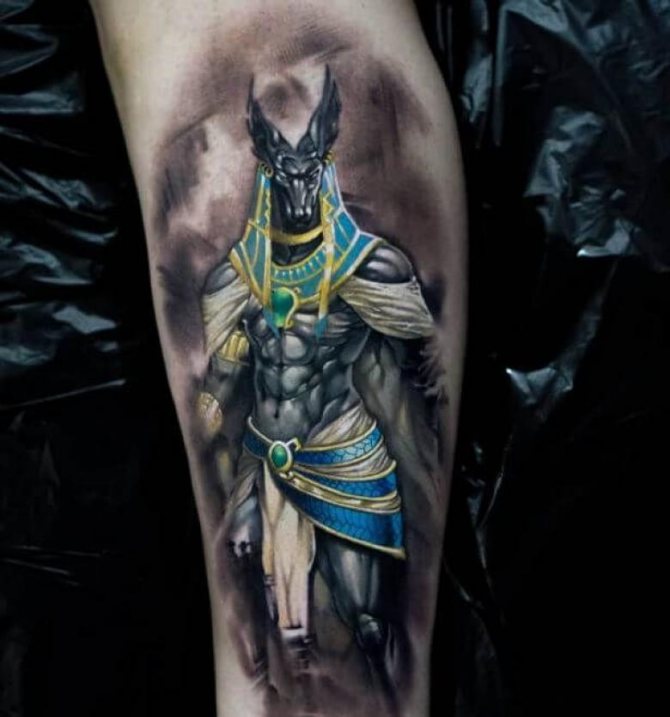

Maat
Goddess of justice, truth, fairness and harmony. As the daughter of the creator of the world, the god Ra, she created harmony out of chaos in the creation of the world. She ruled the stars, sunsets and sunrises, the seasons. She symbolized the law and divine order. She was one of the judges of the afterlife. She was pictured with an ostrich feather on her head. This feather is not usual - it is a feather of truth. During the trial in the afterlife, they put the feather of Maat on one end of the scale, and the heart of the deceased (the only internal organ left in the mummy) on the other. If the heart outweighed the other, it meant the deceased had led a sinful life, and he was devoured by the beast of the afterlife, Amat.
Ra in the Underworld
According to ancient Egyptian mythology, Ra travels on two solar boats: the morning one, Manjet (the Boat of a Million Years), and the evening one, Mesectet. In them he makes his journey through the sky and through Duat, the Underworld. While in the boat Mesektet, Ra takes the form of a ram's head, identified with the god Atum. On his journeys in the solar boat Ra is accompanied by the divine energies: Sia (perception), Hu (command) and Heka (magical power). Sometimes members of the Ennead (the Ninefold of the chief Egyptian gods) assisted him on these journeys. The god Seth defeated the serpent Apophis, who sought to swallow Ra, and the god Mechen protected Ra from the monsters of the underworld.
Apophis, the god of chaos, a huge serpent, tries every night to stop Ra's boat by swallowing it or mesmerizing it with a hypnotic gaze. The night boat Mesektet carries Ra through the underworld back to the east. The ancient Egyptian myths of Ra represented the sunrise as his rebirth by the sky goddess Nut. Thus, Ra was attributed constant rebirth and renewal, which strengthened his connection with the creative forces.
№8. Anubis, in his animal form, guarded Tutankhamun's tomb.
When the famous discovery of the tomb of the Egyptian pharaoh Tutankhamun was made, a temple of Anubis was found among the tombs. A statue of Anubis, depicted entirely in the shape of an animal, was attached to the roof of the temple. He squatted at the entrance. This was because one of the roles of Anubis in ancient Egyptian mythology was to guard the spirits of the dead in the afterlife and to punish mortals who violated the sacred tomb. The jackal-shaped figure of Anubis, made of wood, is just over 3 feet long. It is skillfully carved to show the taut muscles of the canine deity. The life-size statue has gilded ears, collar and scarf. It is also covered with black paint, as black was the symbolic color of Anubis because it represented death and decay. The temple of Anubis is one of the outstanding objects of Tutankhamun's tomb. It is currently on display in the Egyptian Museum in Cairo.
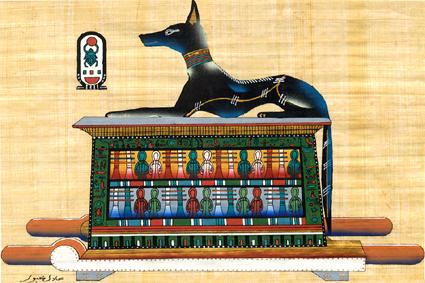

Anubis on Tutankhamun's sarcophagus
